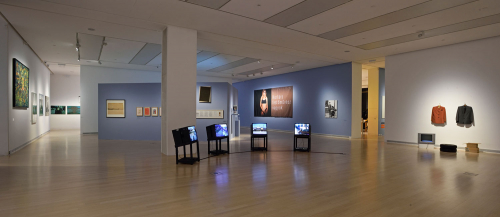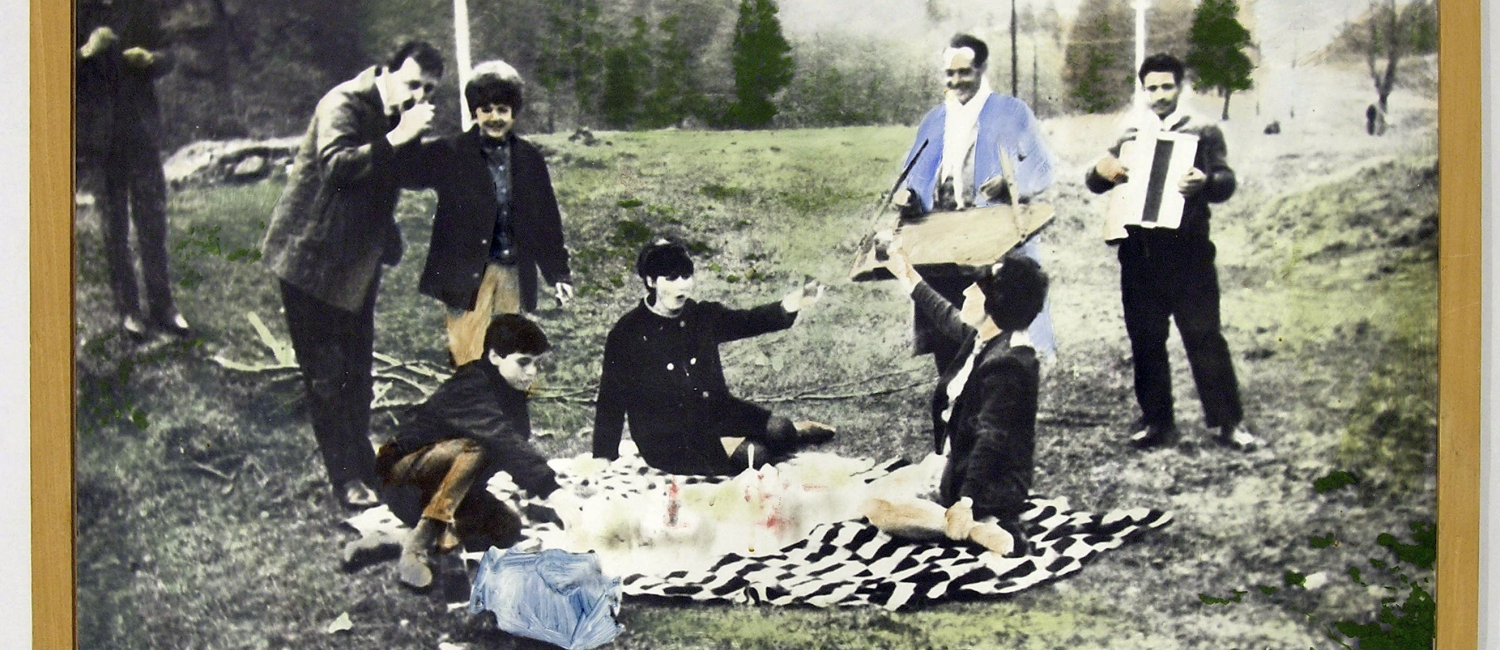The emergence of art in an economic context and its interpretation in the refraction of contemporary culture and politics raises a vast number of questions. Most people perhaps only see this aspect manifested in the quality of art as a commodity, in the way art is marketed through a system of profit-oriented galleries to provide the artist with a living (or, as is often the case, with bare subsistence at best).
The functionality or dysfunctionality of the art market is, however, just one segment of this field. If we approach the problem from the perspective of the institutional system, then the role of non-profit art institutions is more substantial than that of the for-profit sphere, with aspects of financing having gained central focus in the past decades. The financing of art from a central budget is partly an issue of (cultural) politics and is thus often the subject of fierce debate depending on different economic political views. Alternative solutions for maintaining art and art institutions are quite often modelled by the artists themselves in the course of the practical realization of an infinite pool of ideas.
Besides the art market and financing, the issue of artistic work has also come into focus in recent years. The manner of production and the nature of work in general and the content of artistic work have gone through great change as a consequence of globalization on the one hand, and postmodernism on the other. The dematerialization of art has further reduced the acknowledgement of artistic work and has resulted in the drifting of a great number of artists into precarity. Closely related to work, the modes of leisure have also transformed. How we access the commodity called leisure is nowadays primarily determined by our level of self-exploitation.
The Hungarian title of the exhibition is an allusion to a popular board game in Hungary, which was a favoured pastime during Socialism, devised in the 1960s as an ideologically acceptable counterpart of Monopoly. However, not only does the title allude to the board game per se, but it also refers to a piece in the Museum’s collection: the homonymous large-format installation by the Substitute Thirsters group. This installation is, of course, based on the board game, which is blown up into a room-size version comprising “realistic” – although slightly naïve – paintings. Similarly to the board game, the exhibition conceives of economy as well as art as collective activities, even if the actors of economy wish to represent it as a field governed by mathematical formulas or probabilities. The concrete and metaphorical use of the language of economy determines our ideas to an extent never seen before. Then again, paradoxically, the economy never seemed so distant, incomprehensible and obscure to common sense as it does today.
Curator: Katalin Timár
Exhibiting artists:
José Roberto Aguilar | Jurij Albert | Horst Antes | Art Strike | Bakos Gábor | Beöthy Balázs | Bori Bálint | Borsos Lőrinc | Luchezar Boyadjiev | Rafał Bujnowski | Csákány István | Csáki Lászó/Pálfi Szabolcs | Gia Edzgveradze | Eperjesi Ágnes | Erdély Miklós | Erdélyi Gábor/Gálik András (Little Warsaw)/Havas Bálint (Kis Varsó)/Szabó Dezső | Fabricius Anna | Felsmann István | feLugossy László | Andreas Fogarasi | Gerber Pál | Gerhes Gábor | Ion Grigorescu | Gulyás Gyula | Gyenis Tibor | Hajas Tibor | Hejettes Szomlyazók (Substitute Thirsters) | Hódi Csilla | Horváth Csaba Árpád/Sipos Eszter | Richard Ibghy/Marilou Lemmens | Bertram Jesdinsky | Kele Judit | Kis Varsó | Koronczi Endre | kpD (kleines postfordistisches Drama/small postfordist Drama) Brigitta Kuster/Isabell Lore/Marion von Osten/Katja Reichard | Ladik Katalin | Lakner Antal | Lakner László | Nagy Kriszta | Krsto Papić | Sarkady Péter | Schiffer Pál | Sean Snyder | Daniel Spoerri | Mladen Stilinović | Sugár János | Szarka Péter | Tibor Zsolt | Alexander Vaindorf









